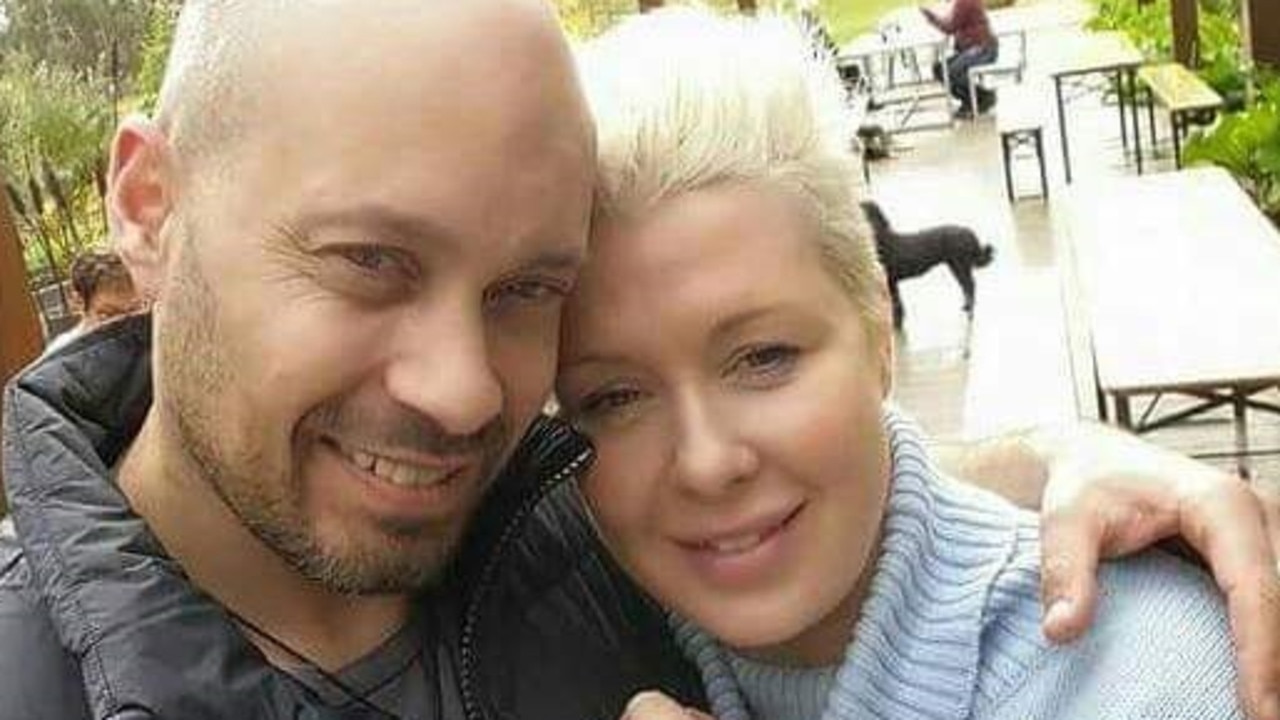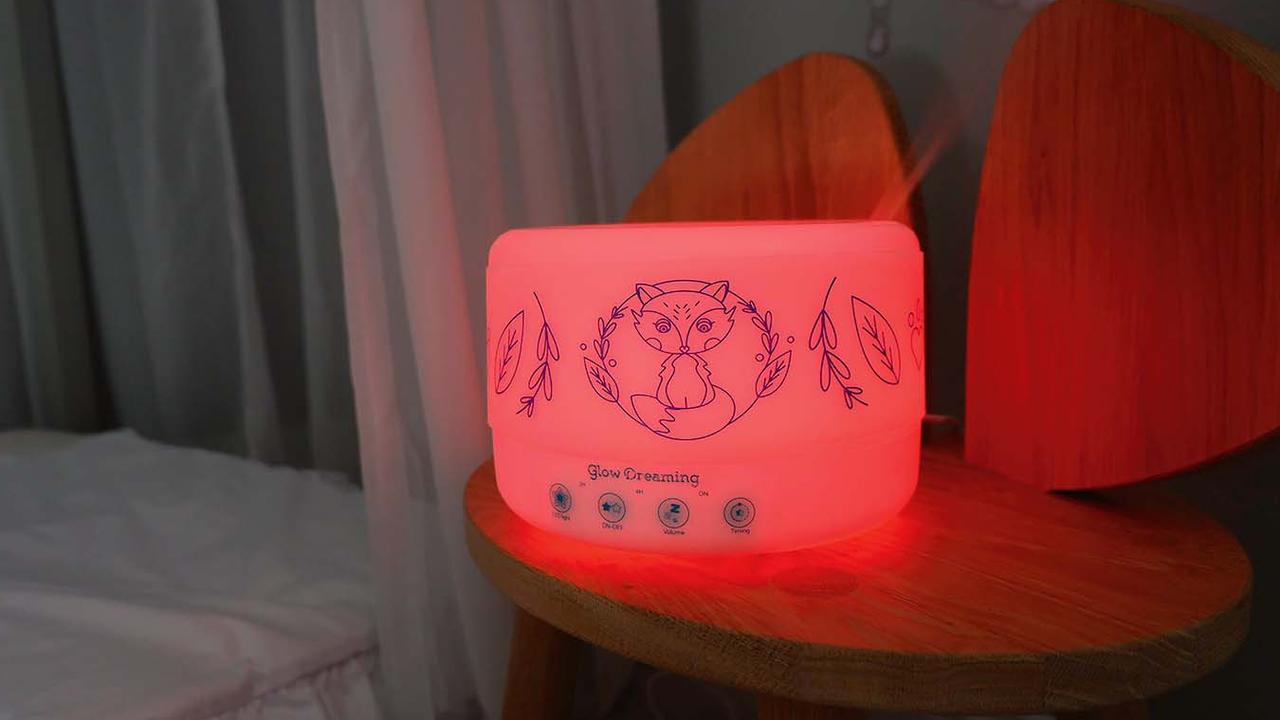Aussie firm’s sales soar 15 per cent after ditching $10,000-a-pop Instagram influencers
The founder of a $4 million Aussie company has ripped into Instagram influencers who contact him up to five times a day asking for free stuff.
Aloni Benau used to pay “influencers” up to $10,000 a pop to promote his product.
But since ditching them about four months ago, the e-commerce entrepreneur says his sales have soared by 15 per cent. Influencers, he says, have “lost their credibility” and customers “see through it”.
There are two types — the paid influencers, who typically have hundreds of thousands of followers, but “most of it now is ‘collaborators’, they just want stuff for free”.
“It’s really out of control at the moment,” said Mr Benau, who created the popular Glow Dreaming sleep aid with wife Cara.
“We easily get two or three so-called influencers a day contacting us for free products, sometimes as many as five a day. Everyone thinks they’re an influencer now because they’ve got a social media page. It doesn’t matter if they’ve got 300 followers, everybody’s looking for something for free.”
Glow Dreaming’s main product, which sells for $130, is a combination of humidifier, red LED light and “pink noise” emitter. It’s proven a smash hit with Aussie parents.
The three-year-old company just finished the year with revenue of $4 million and has a highly engaged online community of more than 70,000 followers on Facebook and Instagram.
Mr Benau says one of Glow Dreaming’s early marketing strategies was to use influencers, who would be paid “anywhere between $3000 and $10,000, depending on their profile, usually for an Instagram post and a couple of stories as well”.
“They can be quite expensive. They help you reach new audiences and quickly get your brand out there,” he said. “It was definitely part of our second-year strategy.”
The problem now is most influencers simply promote too many products.
“At the moment, every influencer will talk about a whole range of brands, they’ll have anywhere between five and 15,” Mr Benau said.


“They would spruik our brand but if someone similar came along they’d happily spruik that as well. We started to lose authenticity with our market. I think influencers seem to have lost their credibility. Not all, but a lot have lost their sense of brand loyalty. Customers see through it.”
Glow Dreaming decided to ditch the Insta-spruikers after “we started getting quite a lot of feedback like, ‘This is just another paid ad’.”
“It started impacting real authentic posts our customers were putting up,” Mr Benau said. They started thinking every single thing we did was paid for.
“It started impacting our brand credibility. We made a decision three or four months ago that we would stop using influencers altogether, even collaborations. All that money we were paying influencers, we decided we were going to focus on authenticity instead and reward people who have bought and posted.”
The company now uses that money to produce content for its online audience. “We’ll bring in specialists to talk about topics of interest — doctors, food and health experts,” Mr Benau said.
“It’s providing value for their ongoing engagement. We’ve probably seen a 10 to 15 per cent increase in sales since we moved away from influencers and started giving back to our community.”
It comes amid growing signs the global influencer bubble is popping. Earlier this week, a Los Angeles ice-cream truck owner went viral by announcing any influencer asking for a free cone has to pay double.
“At the top end I think it definitely still does have some life, but I think more and more people are seeing through paid posts,” Mr Benau said.
“The really high-profile ones will have five brands they spruik, but your smaller influencers with under half a million (followers), they’re not making enough money from five brands, so they need to continuously turn it over. You’re probably talking anywhere from 30 to 100 brands over the course of a year. It’s become meaningless.”




